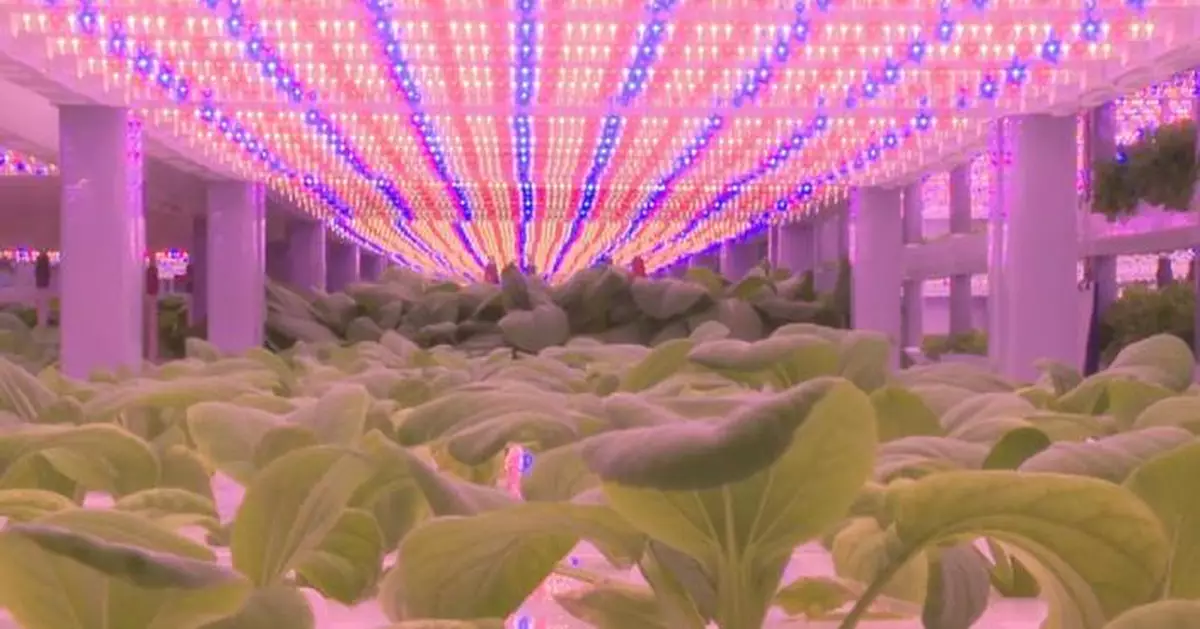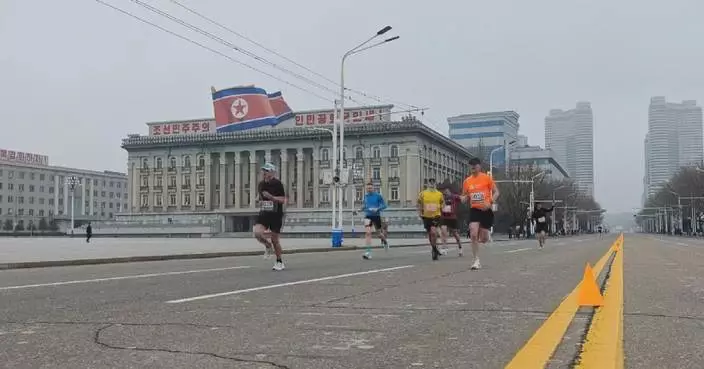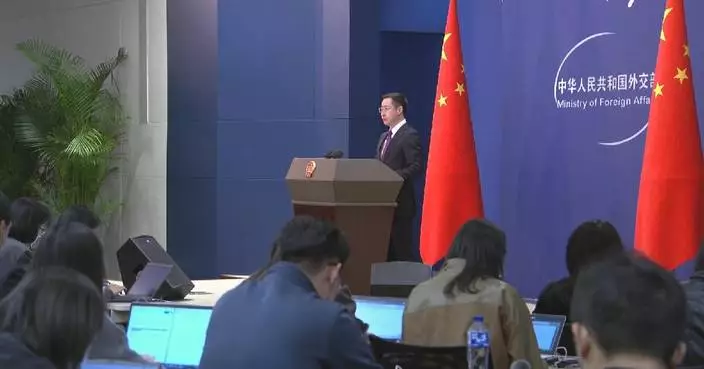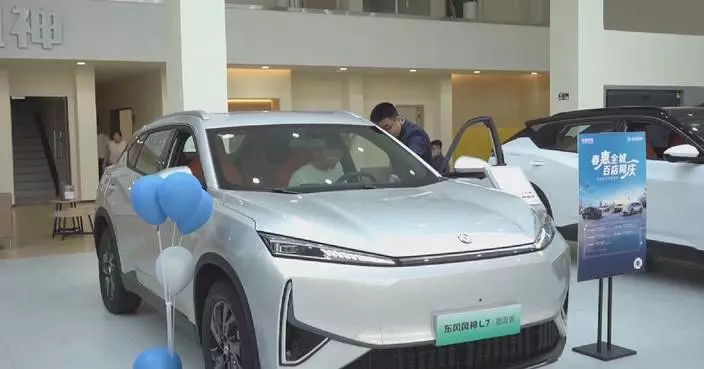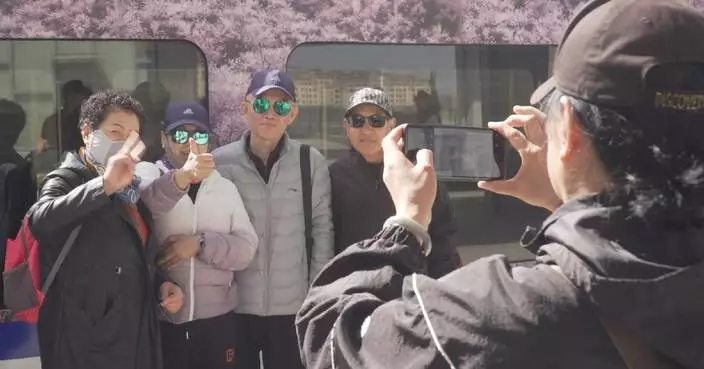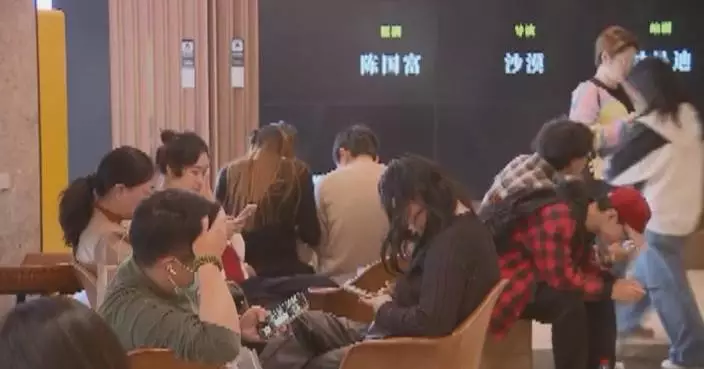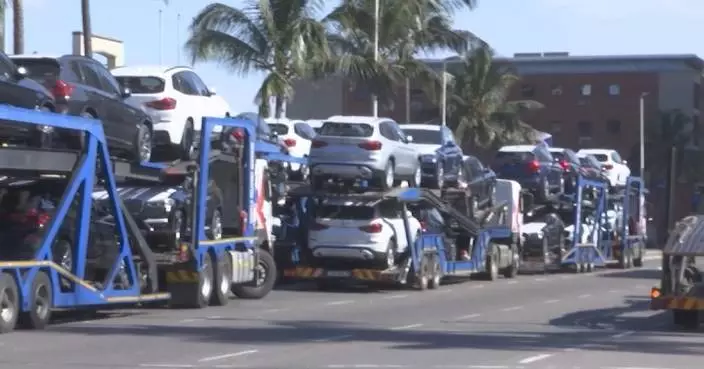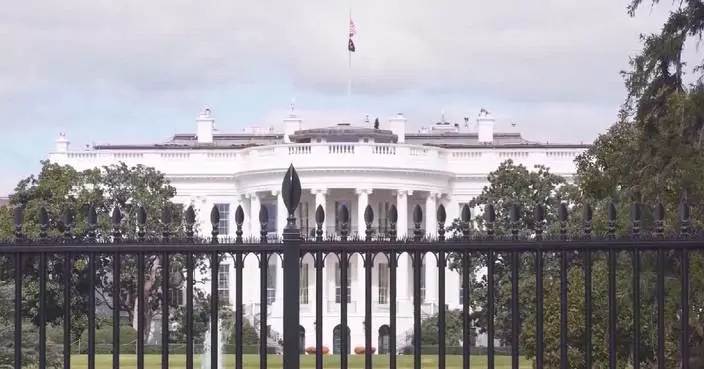A high-tech vegetable factory at the Jiuquan Satellite Launch Center in northwest China is producing fresh food to ensure the healthy dietary and well-being of China's astronauts during their space mission.
The China Manned Space Agency announced on Tuesday that the Shenzhou-19 crewed spaceship is scheduled to be launched at 04:27 Wednesday from the Jiuquan Satellite Launch Center, with three Chinese astronauts Cai Xuzhe, Song Lingdong and Wang Haoze on board.
To ensure the astronauts to taste fresh vegetables during their six-month stay in space, researchers and scientists established a vegetable factory in 2021 at Jiuquan Satellite Launch Center, the iconic hub of China's space exploration.
Despite no soil or sunlight, vegetables are thriving inside the factory thanks to a sophisticated hybridity of technologies.
"There are four major systems working together here, namely artificial lighting, nutrient solution, cultivation and environment and temperature control. The artificial lighting system mimics sunlight, while the nutrient solution system replaces the traditional soil and substrate. The factory takes up a smaller space, but its output is relatively high," said Yuan Bin, a staff member of the vegetable factory.
Resembling a space-age garden, the vegetable factory features a sterile environment that ensures the safety of the food produced inside.
"No pesticides or fertilizers are used throughout the entire vegetable growth process, and there are no pests or diseases. This guarantees the absolute safety of [the astronauts'] food. Once the astronauts arrive, we will harvest the vegetables on-site to ensure they receive the freshest produce possible," Yuan said.
A variety of vegetables and fruits can be found in the vegetable factory, including cherry tomatoes, cucumbers, lettuce and even watermelons.
"We primarily provide two types of vegetables for [the astronauts] to take into space, cherry tomatoes and cucumbers. They are ripe, and taste sweet and juicy," said Yuan.
The vegetable factory also includes a packing line, where staff members package vegetables into small containers with salad sauces.
For Yuan, the upcoming Shenzhou-19 mission is the eighth manned space mission that he has supported. He said these packages of fresh vegetables also embody his wish for the mission.
"I wish for the complete success of the Shenzhou-19 mission and hope that China's space program continues to advance and reaches new heights," said Yuan.
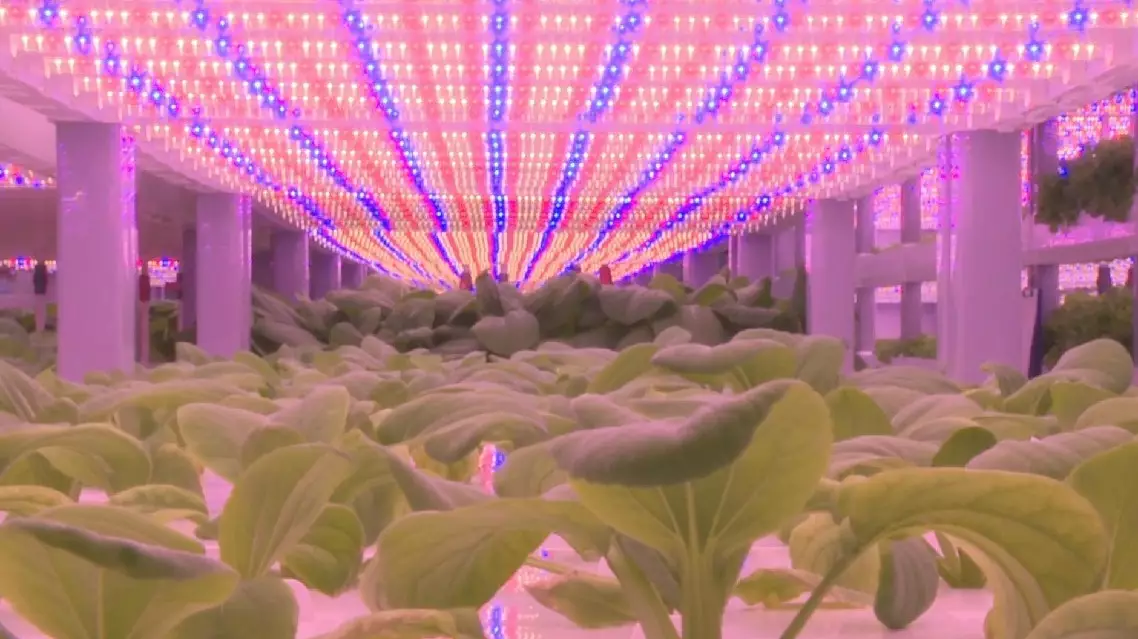
High-tech vegetable factory ensures healthy dietary for astronauts in space


